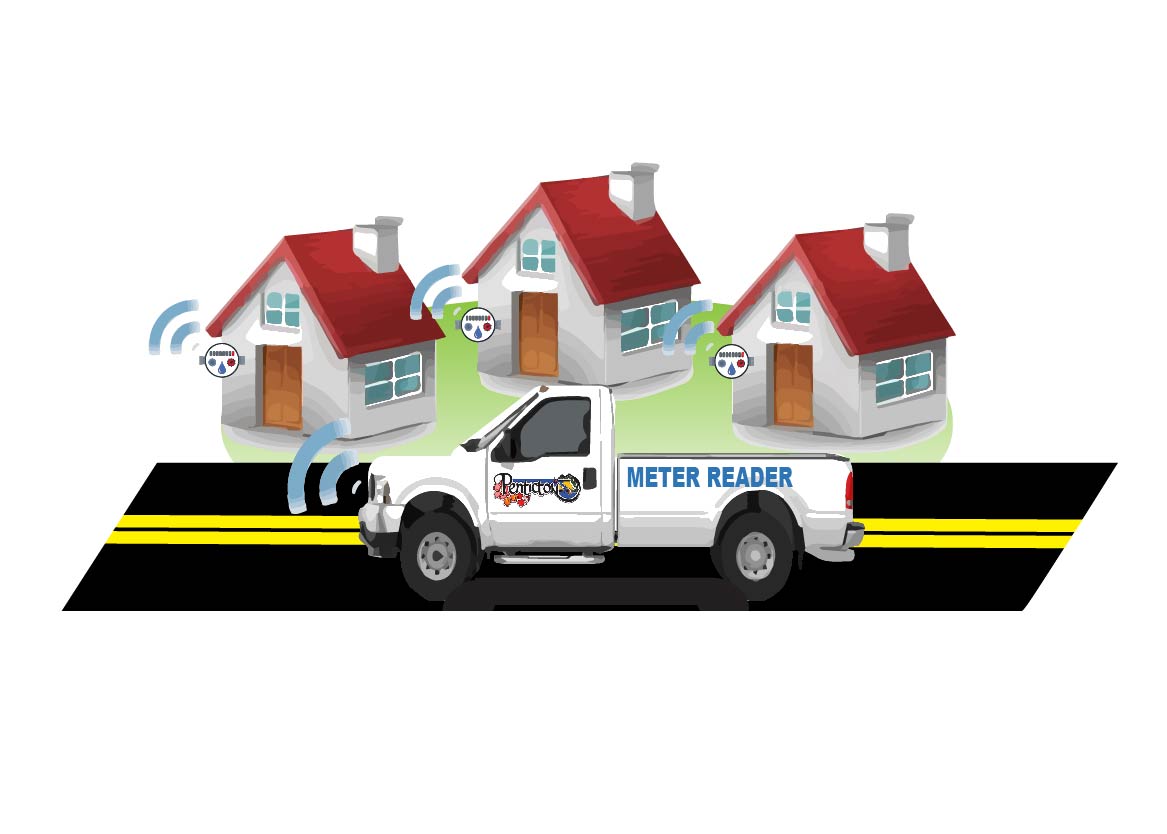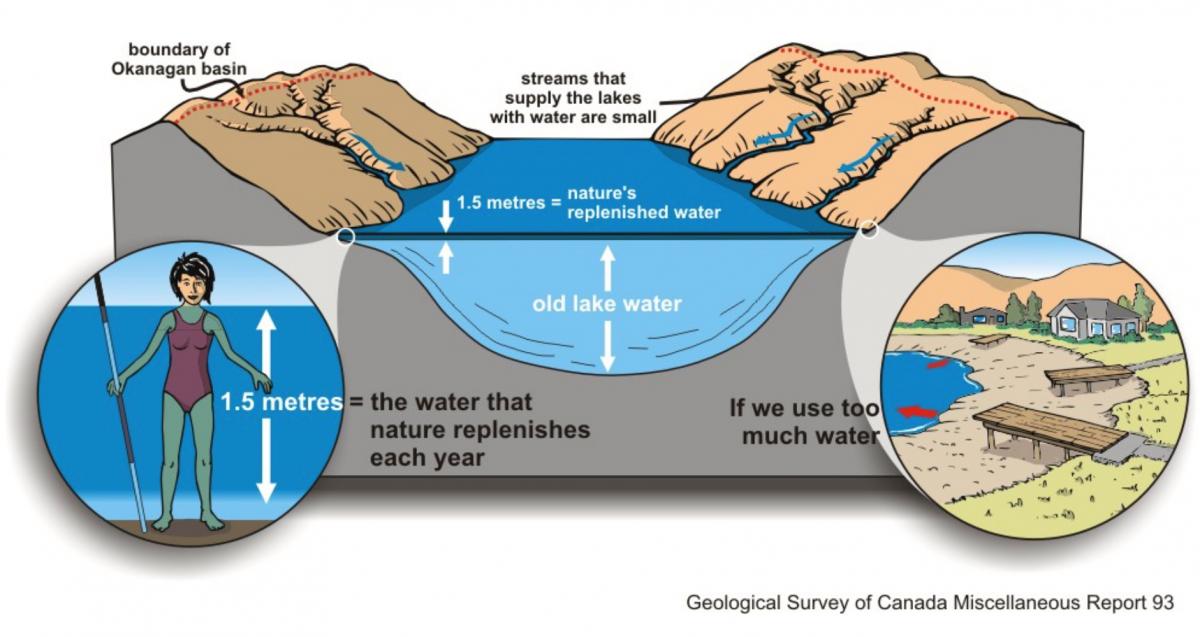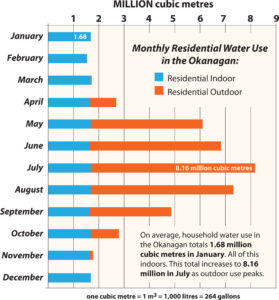Water Quality FAQ
PFAS in Penticton
Water Restriction FAQ
Water Meter FAQ
Water Conservation FAQ
What about Beach Water Quality?
Each summer, our staff collects water samples from our beaches for Interior Health to test and analyze. Beaches are sampled weekly, with no fewer than five samples in a 30-day period.






